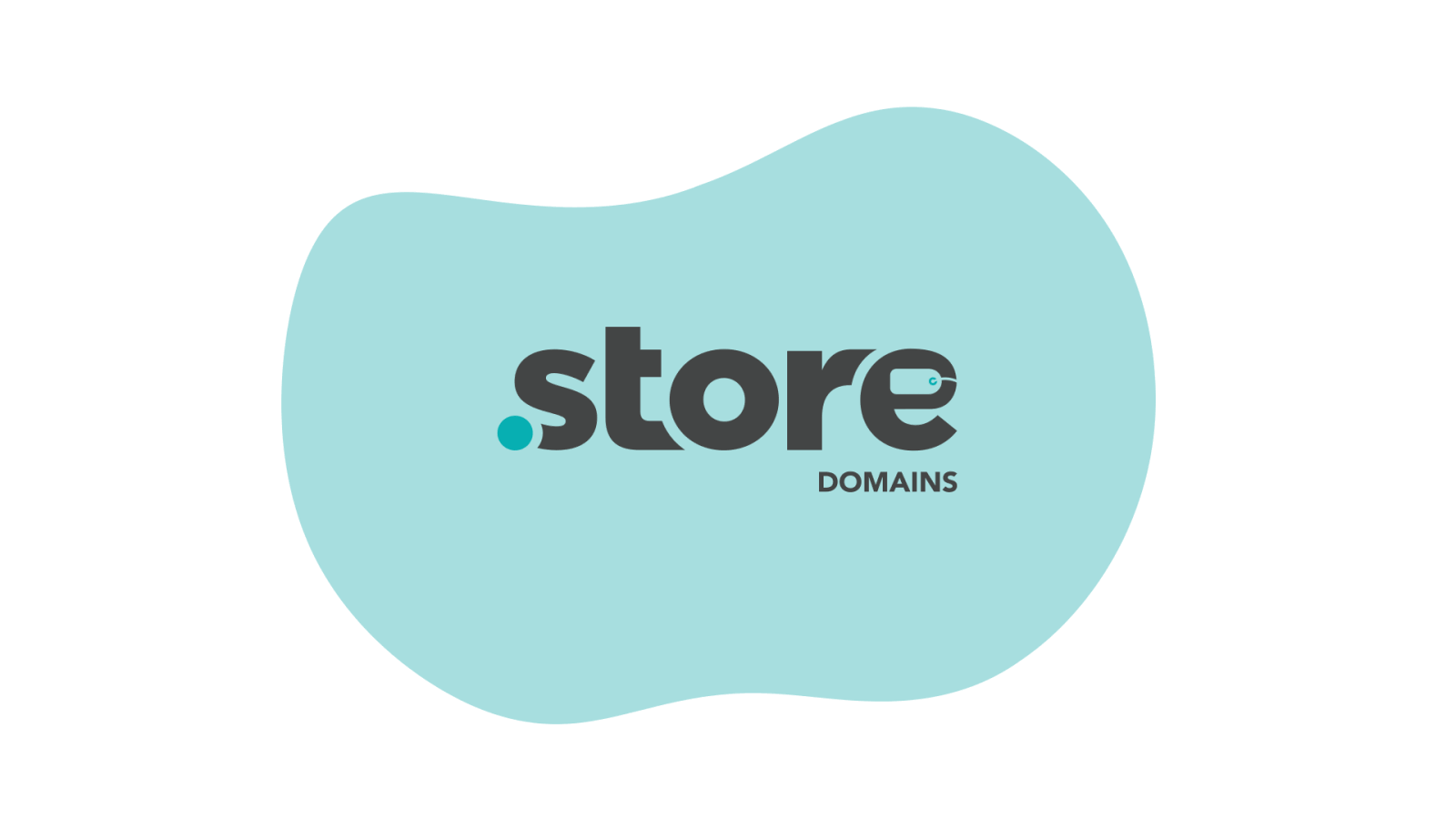Transforming your idea into reality is what an eCommerce business plan is for.

You might come up with a great idea, a brilliant understanding of how it will work, but might end up with no idea of where to begin to execute it. Planning helps put all this into perspective.
With the growing number of online shoppers (more than 2 billion in 2021), an eCommerce business plan has become a must.
It will help you keep your business organized for such a huge potential customer base.
You will also need it to present to your investors for acquiring funding for your business.
Before getting into how to make an eCommerce business plan, let’s look into why you need it.
Why Do You Need An eCommerce Business Plan?
Investors rely on business plans for evaluating the feasibility of the business before funding it, and most people think that’s what it is for.
However, there are many more reasons why you would need an eCommerce business plan even if you don’t need funding.
Strategy – Writing out your plan will help you in clarifying your business strategy and figuring out the key aspects of how your business will run. You’ll think about your marketing plan, sales techniques, fulfillment, and even more.
Idea testing – If you’ve got a couple of ideas in mind, a rough business plan for each would tell you which idea is the best. That way you can focus your time and energy on the idea which has the highest chance of success.
Market research – Your eCommerce business plan can help you understand your customers and your competition as well.
Financial clarity – The financial section of your plan will tell you what it’s really going to take to start your business. Running the numbers can help you determine profitability and what it’ll take to get your business up and running.
Recruiting – You can use your business plan to communicate your vision to potential new hires. It will help in building their confidence in the venture since you would need it in the early stages of growth.
Partnerships -If you are planning to approach other companies for collaborations, your plan could present a clear overview of your vision, target audience, and growth strategy. It will make it easier for them to identify whether your business would be a good fit for theirs.
Business plan competitions – An often overlooked way of getting money for your business is through business plan competitions. There are thousands of them every year that offer prizes like mentorships, cash prizes, grants, or even investment capital.
You can find them by searching ‘business plan competition + [your industry]’ and ‘business plan competition + [your location]’ on Google.
An eCommerce business plan is an excellent starting point for creating a structured way to lay out your ideas and thoughts. You can share it with people who could have a huge impact on your success.
There are so many areas in a business such as operations, finance, marketing, production, and tech.
A business plan would help you identify the unknowns and help you spot the gaps in which you might need help or at least brush up on your skills.
How To Write An eCommerce Business Plan
The best way to start creating an eCommerce business plan is with a structured outline and necessary details about what will you include in every section.
Since having an outline is of utmost importance, here’s an overview that you can use to create the outline for your plan.
1. Executive Summary
Even though the executive summary is going to be the beginning of your plan, you are supposed to write it last. It’s like a brief outline of the whole plan covered in one or two pages at the most.
The purpose of your executive summary is to distill everything that is in the plan and give time-crunched reviewers like potential investors a high-level overview of your business. It should be impressive enough to persuade them to read further.
Your executive summary is supposed to summarize your vision for your business, a brief description of your target market, the products that you are planning to sell, and highlights of your management team and financials.
You don’t need to get into the details of your market analysis but cover enough to make a casual reader understand properly whatever you’re trying to accomplish.
Here’s what the executive summary section of your eCommerce business plan should include:
- Business concept – What does your business do?
- Business goals and vision – What do you plan to achieve with your business?
- Product description and differentiation – What do you sell, and how is it different?
- Target market – Who do you sell to?
- Marketing plan – How do you plan on getting customers for your business?
- Current financial state – How much are you earning currently?
- Projected financial state – How much do you plan to earn in the foreseeable future?
- The team – Who’s involved in the business?
2. Company Overview
This section of your business plan should answer two important questions:
- Who are you?
- What do you plan to do?
Answering these questions will provide an introduction to why you’re in this business, how you’re different, what you have going, and why you would be a good investment bet.
Here are the components that you can include in your company overview:
- Your business structure (sole proprietorship, general partnership, limited partnership, or an incorporated company)
- Nature of your business (What you are selling)
- Your industry
- The vision, mission, and values of your business
- Background information on your business
- Business objectives, (short and long term both)
- Your team, including key personnel and their salaries
Even though some of these points are statements of fact, others will require more thought to define, especially in your business’s vision, mission, and values.
Get to the core of why your business exists, what you stand for, and what you hope to accomplish.
To define your values, you need to think about the people to whom your company is accountable, like owners, employees, customers, suppliers, and investors.
When you start considering how you’d like to conduct business with them, your core values will start to emerge.
Once you know your values, craft your mission and vision statements. While your mission statement shouldn’t be longer than a single sentence, your vision statement can go up to three.
Your company overview should also include your business goals. Short-term goals should be achievable within a year, and long-term goals can have a window of up to five years.
3. Market Analysis
Understanding your target market is an important aspect of your eCommerce business plan.
In this section, you’ll learn about your industry’s long-term outlook, your competitors, your consumer demographic, and your company’s market potential.
A) Market Opportunities
To create sales projections, you will need to estimate a baseline level of interest for your product or service. The below two factors will play a major role:
Customer behaviors – Try to understand who your customers are, their psychographics and demographics, what do they exactly want, and so on. The more you learn about your consumer base, the better you can craft compelling messages.
Industry trends and growth – Understand the trends in the industry and how it is growing. If your product is aimed at retired personnel, find out how many people are retiring in the next five years. Whether your trajectory is supposed to grow or decline in the future.
B) Competitive Analysis
To gain the upper hand in the market, you need to understand your competitors. Pinpoint the market leaders in your industry first, and then identify who are your direct and indirect competitors.
Pen down the following details of each competitor company:
- Business model
- Mission statement
- Domain name
- Monthly website traffic
- Key product features
- Product pricing strategy
Look for the gaps in the market, and find a way to fill them. There are three ways to do that:
Differentiation – Offer a completely unique product or a considerably better version of your competitor’s product to stand out.
Consumer segmentation – You can concentrate on a specific target market and build a following in that particular niche before expanding into the mainstream.
Cost leadership – Promote your company as an industry price leader where you build hype with greater discounts than your customers.
4. Products And Services
Even though you covered a bit about your products or services in your executive summary, you will have to expand on them separately.
If you are into a niche product or service, talk about it in detail; if you provide various services or sell a range of items, highlight general features and benefits like price, quality, and uniqueness.
Keep your paragraphs short and simple to make this section easily digestible. You can use bullet points to outline the product characteristics that stick.
You need to stay positive, showcase your company’s experience in the industry, along with your own expertise. Testimonials from pre-launch product testers could be a great addition to this section of your plan as well.
5. Marketing Plan
This section of your eCommerce business plan will discuss how you’ll drive traffic to build an audience for your business.
Start with determining a marketing campaign budget and then use Neil Borden’s Marketing Mix with 4 Ps is a great way to come up with a marketing plan:
- Product – What makes your product or service unique and how does it fulfill consumer demand?
- Price – How much does it cost to produce or provide your product or service and how much would your customers be willing to pay?
- Place – Where could your product receive the most attention and where should potential customers look for your product?
- Promotion – Which marketing channels are you planning to use to highlight your product?
Modern marketing gurus added 3 more Ps to make it an extended 7 Ps marketing mix to suit today’s world of business:
- Packaging – How good is the quality of your packaging?
- Positioning – How good of an impression have you created on your customers?
- People – Are your employees a good fit and do they work well with one another?
6. Logistics And Operations Plan
Logistics and operations are the actual workflows that help you convert your ideas into reality. This is an important section even if you’re writing your business plan for your own purposes.
You need to cover all the parts of your planned operations, like:
- Suppliers – Where will you be sourcing the raw materials for your production from? Or will you be procuring the final products from someone?
- Production – Will you be making, manufacturing, wholesaling, or drop-shipping your products? What is the time taken in producing your products and get them shipped to you?
- Facilities – Where will you and your team (if any) be working from?
- Equipment – What tools and technology would you be needing to be up and running? This would include the smallest and biggest tools.
- Shipping and fulfillment – Will you handle all the fulfillment tasks in-house, or will you be using a third-party fulfillment partner?
- Inventory – How much inventory will you be keeping on hand, and where will you store it? How do you plan to keep track of the incoming and outgoing inventory?
This section should portray that you’ve got a solid understanding of your supply chain, and are prepared for uncertainties with strong contingency plans.
Your logistics and operations plan should tell you how to price your products, how to cover your estimated costs, and at what point can you break even on your initial spending.
7. Financial Plan
To start and run a business you need money. Some entrepreneurs cover their own start-up costs, others form alliances with wealthier partners, and some get funding from investors, business loans, or even crowdfunding campaigns.
Your financial plan will define how profitable your business would be and be the deciding factor for people to work with your business.
Your audience and goals will determine the level of detail required in your financial plan, but you’ll definitely want to include three major aspects:
- Income statement
- Balance sheet
- Cash-flow statement
Income statement – Your income statement is supposed to provide a breakdown of your revenue sources and expenses over a given time period like a month, a quarter, or a year.
By subtracting your expenses from your revenue sources, you can come up with your bottom line, that is your profit or loss.
Balance sheet – A balance sheet helps in calculating the amount of equity you have in your business. All your assets like machinery, stock, vehicles, and business premises go in a column on the left.
All your liabilities like accounts and wages payable, business credit card payments, business loan repayment, and taxes go in a column on the right.
By subtracting the liabilities from the assets, you can arrive at the business’s shareholder equity.
Cash-flow statement – Instead of covering the incomes and expenses of the business, a cash-flow statement covers the inflow and outflow of cash. It helps in understanding how much cash the business has at a particular point.
When your cash inflow is more than your cash outflow, you have positive cash flow. And a negative cash flow when it’s the other way round.
Forecast your cash flow to adjust your business accordingly in the future to keep it solvent.
In Conclusion
An eCommerce business plan can help you identify clear and deliberate future steps for your business. It’s great for pitching to investors, but even if you don’t plan to do so, you can use it to see gaps before they even occur and keep your business on the right track.







